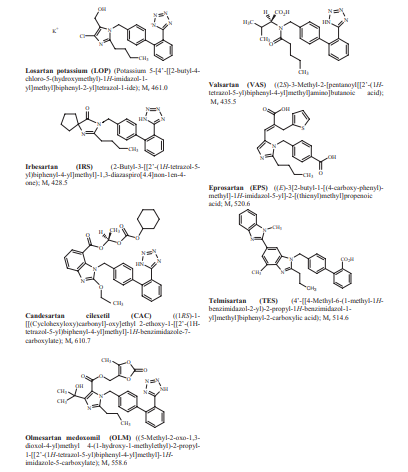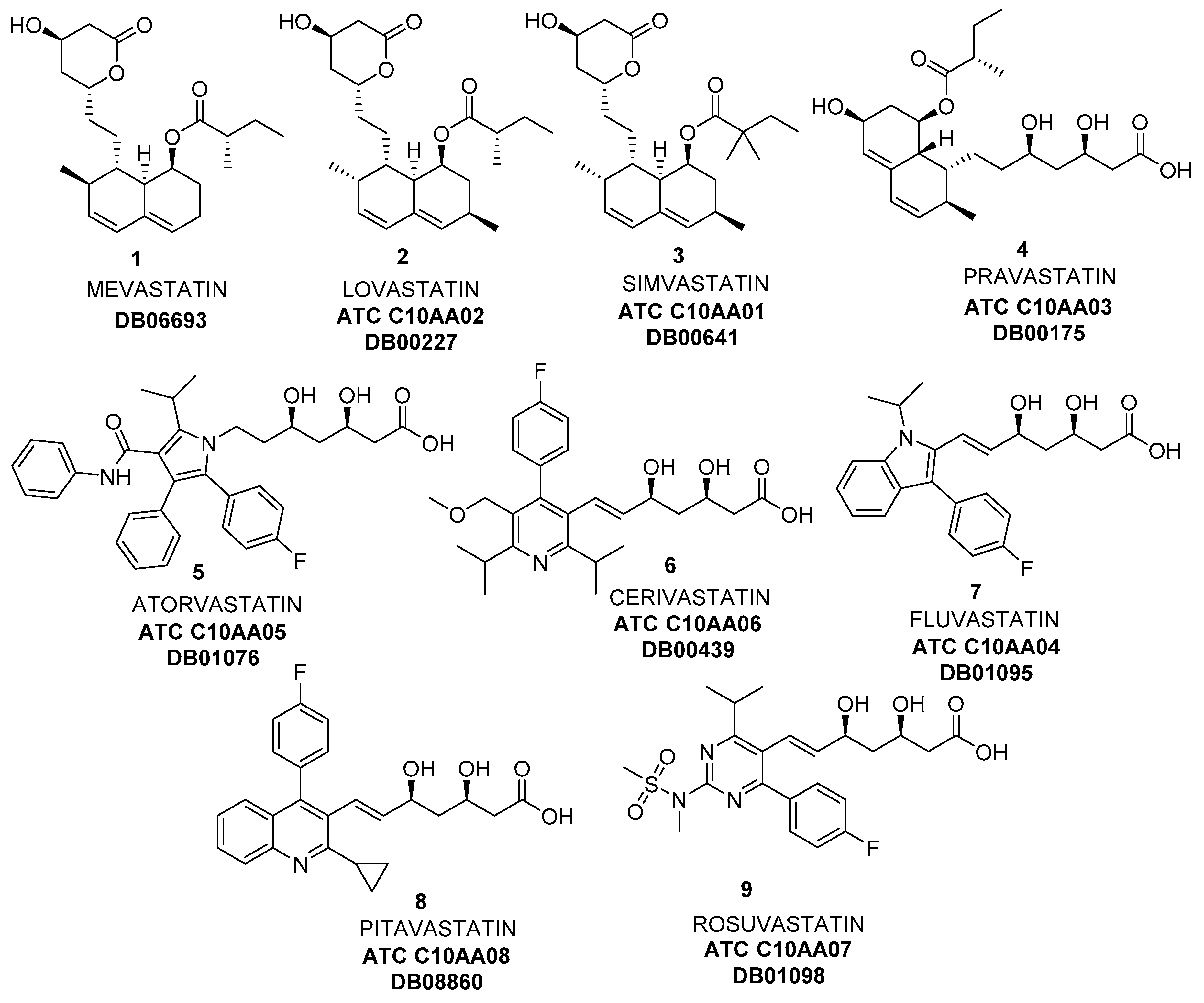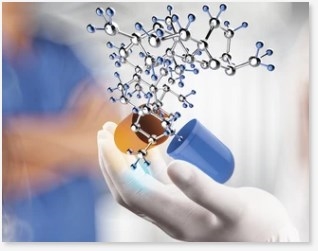Contrast Media Custom Development

BOC Sciences can provide you with the development services of new contrast media, help you master your own technology, and seize the leading position in the future contrast media market. With the popularization of CT and MRI equipment, the demand for contrast media continues to increase, and the market expands significantly. In addition, the current mainstream iodine contrast media and magnetic contrast media on the market have certain safety problems, which also prompts the development of safer new contrast media. We have rich experience in contrast media development, give full play to the team's synthetic technology advantages and pharmaceutical process experience, and are good at the whole industry chain development of key intermediates, APIs and preparations. Our goal is to research and develop innovative contrast media that better meet your needs.
What is the Contrast Media?
Contrast media, also known as contrast agents, are substances used to enhance the visibility of internal structures during medical imaging procedures such as X-rays, CT scans, MRIs, and ultrasounds. These drugs work by changing the way X-rays or other forms of radiation interact with the body, making it easier to visualize specific tissues or organs. Contrast agents are an important tool in modern medical diagnosis, allowing healthcare professionals to identify and diagnose a variety of conditions and diseases.
- X-ray contrast agents: Barium sulfate is used for gastrointestinal imaging. After the contrast agent enters the digestive tract, it forms a density contrast with the surrounding tissue structure on the X-ray image, showing the position, contour, mucosa and functional activities of the gastrointestinal tract.
- CT contrast agents: There are ionic and non-ionic contrast agents. Because non-ionic contrast agents have a low incidence of toxic side effects and high biological safety, the clinical use of non-ionic contrast agents is advocated. Non-ionic contrast agents include: iohexol, iopamidol, ioversol, iodixanol, etc.
- Magnetic resonance (MRI) contrast agents: There are three categories: paramagnetic substances, superparamagnetic substances and ferromagnetic substances. Commonly used gadolinium agents are paramagnetic substances.
- Ultrasound contrast agents: Microbubble contrast agent wrapped with fluorocarbon gas, liquid fluorocarbon nanoemulsion.
Contrast agents can also be divided into hypertonic agents, hypotonic agents and isotonic agents based on osmotic pressure. The osmotic pressure of high-osmotic contrast agents is 5-8 times that of plasma, while the osmotic pressure of low-osmotic contrast agents is 2-3 times that of serum. Studies have shown that non-ionic dimers are ideal contrast agents, providing the most iodine and being isotonic to blood with minimal impact on osmotic pressure. Although contrast media is considered a relatively safe drug, adverse effects can occur. Side effects of iodinated contrast media include allergic-type reactions and kidney damage, while magnetic contrast media may cause nephrogenic systemic fibrosis.
Contrast Media Development Services
BOC Sciences is a leading provider of custom contrast media development services, offering a broad range of contrast media for medical imaging applications. Our experienced team of chemists and state-of-the-art facilities enable us to provide contrast agent development services to meet the specific needs of our customers in the pharmaceutical, biotechnology and medical device industries.
Synthetic Development
BOC Sciences' contrast agent development services are designed to help customers develop novel contrast agents that meet their specific imaging needs. Whether customers are looking to enhance visualization of specific tissues or organs, improve the safety and tolerability of existing contrast agents, or develop new agents for specific imaging modalities, BOC Sciences has the expertise and resources to provide customized solutions. Our chemists are able to combine extensive literature to design multiple synthetic routes using various reaction types (e.g. substitution, amidation, acetylation, hydrolysis, alkylation, etc.).
Process Optimization
One of the key advantages of BOC Sciences' contrast agent development services is our expertise in synthetic chemistry. Our team of chemists has extensive experience in the design and synthesis of a wide range of contrast agents, including small molecule, peptide and nanoparticle contrast agents. This expertise enables BOC Sciences to develop custom contrast agents that suit customers' specific imaging requirements while ensuring the reagents are safe, effective and meet regulatory standards. We are committed to optimizing experimental conditions and determining the best process for product synthesis and production based on product purity and yield.
Analysis and Characterization
In addition to its expertise in synthetic chemistry, BOC Sciences offers a range of analytical and characterization services to support the development of contrast agents. These services include structure elucidation, purity analysis, stability testing, and pharmacokinetic studies. By providing comprehensive analytical support, BOC Sciences ensures that the contrast agents we develop meet the highest quality standards and are suitable for clinical use. Our analytical studies are performed using NMR, MS, FT-IR, GPC, etc.
Excellent Customer Services
In addition to its technical capabilities, BOC Sciences is committed to providing excellent customer service and support throughout the contrast agent development process. Our scientists work closely with customers to understand their specific imaging needs, develop tailored solutions, and provide ongoing support and communication to ensure project success. BOC Sciences' collaborative approach and commitment to customer satisfaction make us a trusted partner in contrast media development.
What Can We Offer?
BOC Sciences' custom contrast agent development services are available for a wide range of applications, including but not limited to:
Diagnostic Imaging
BOC Sciences can develop custom contrast agents for a variety of imaging modalities, including X-ray, CT, MRI and ultrasound. These reagents can be customized to enhance visibility of specific tissues or organs, improve image contrast, and reduce the need for repeated imaging studies.
Treatment Monitoring
BOC Sciences develops custom contrast agents for monitoring the delivery and distribution of therapeutic drugs within the body. These agents can help healthcare professionals visualize the absorption and distribution of drugs, gene therapies and other therapeutics, allowing for more effective treatment monitoring and optimization.
Preclinical Imaging
BOC Sciences develops custom contrast agents for use in preclinical imaging studies in animal models. These reagents can be used to visualize disease progression, monitor treatment effectiveness, and support new imaging technologies.
Research and Development
BOC Sciences develops custom contrast agents for research and development purposes, including the study of disease mechanisms, the development of new imaging modalities, and the evaluation of new treatments.
BOC Sciences' custom contrast agent development services provide a comprehensive and flexible approach to developing contrast agents for a variety of medical imaging applications. With its expertise in synthetic chemistry, analytical support, state-of-the-art facilities and commitment to customer service, BOC Sciences is a trusted partner for customers seeking to develop contrast agents to meet their specific imaging needs. If you are interested in our contrast media custom development service, please contact us immediately.





